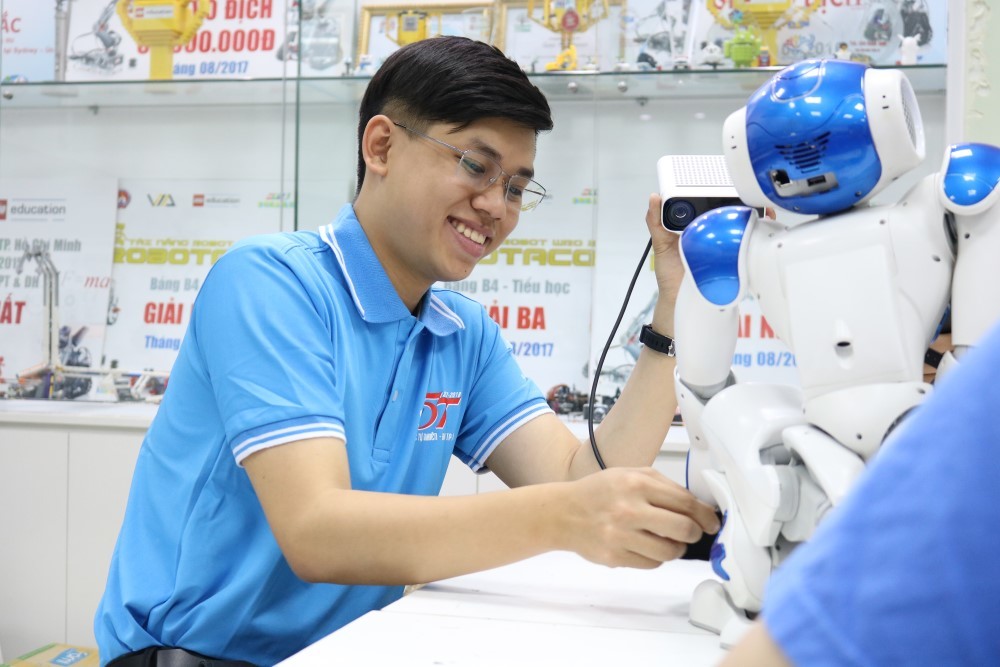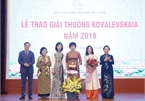From an early age, Hieu showed a passion for technology and began ‘working’ with computers.

During his school years, Hieu won many awards, including third and second prize at the National Computer Science Competition, and third prize at the National Science and Technology Competition for high school students.
He was admitted to the University of Natural Sciences of the HCM City National University. This was a milestone for Hieu to choose computer science later.
| At university, Hieu devoted himself to research on artificial intelligence (AI). He was the author of seven scientific articles published at international computing science conferences. Of these, he was the major author of four articles. |
At university, Hieu devoted himself to research on artificial intelligence (AI). He was the author of seven scientific articles published at international computing science conferences. Of these, he was the major author of four articles.
Last year, he presented his research at conferences. Hieu worked on a new method of processing traffic camera images for smart cities, a system that tracks down vehicles based on identification features, and discovers abnormal incidents that occur on streets.
The second research was on the deployment of intelligent camera systems for automatic traffic monitoring, and protection systems with security cameras that help discover abnormal behaviors or events.
Hieu said serious traffic congestion usually occurs at intersections in rush hours. Traffic light systems are programmed to change from red to green lights after a certain time. This increases the level of traffic jams because traffic changes all the time and is not fixed.
In principle, if there are a lot of cars in one direction, it is necessary to prolong the green-light time, and if there are fewer cars, the red-light time will be shorter.
The traffic control model created by Hieu and his co-workers comprises three modules which connect with each other.
The first module is responsible for detecting vehicles on roads and the velocity. The second module coordinates traffic signals. Computers are ‘trained’ to regulate traffic signals automatically.
The third module is an intersection simulator, from which traffic scenarios can be designed and tested.
Besides the application in transport, Hieu also wants to use information technology (IT) and computing science in the healthcare sector.
In 2019, Hieu implemented a research project, proposing a new method to classify intestinal endoscopic images. The project won first prize at the 2019 Eureka Science Research Student Award for the IT sector.
Le Huyen

Scientists grow quinoa in drought-stricken areas in Vietnam
Drought-stricken and saline soils can be areas for growing quinoa, a grain for healthy diets, thanks to a research cooperation program between the Vietnam Agriculture Academy (VAA) and Buenos Aires Argentina University.

Female scientists honoured with Kovalevskaia Award
Female scientists who have successfully isolated the new strain of coronavirus SARS-CoV-2, making Vietnam one of the first four countries to successfully isolate this virus, have received the Kovalevskaia Award 2019.
 2019 was a good year for Hoang Trung Hieu. Three of his research works were published and presented at leading international conferences on computer science.
2019 was a good year for Hoang Trung Hieu. Three of his research works were published and presented at leading international conferences on computer science.